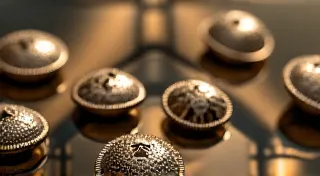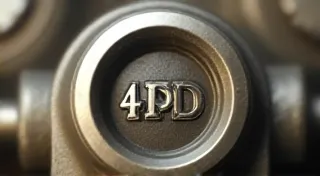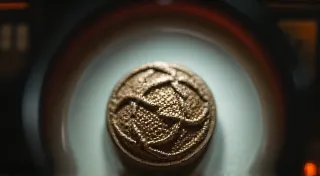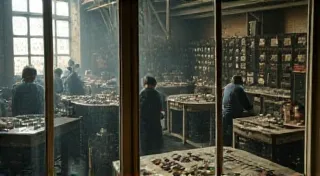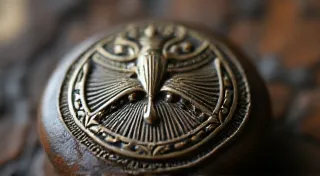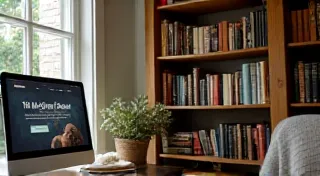French Antique Buttons: Characteristics and History
French antique buttons hold a special place in the world of button collecting, prized for their elegance, innovation, and the historical insights they offer. From the elaborate designs of the 18th century to the more utilitarian styles of the early 20th, French button makers consistently demonstrated a keen eye for detail and a commitment to quality. This guide explores the distinctive characteristics and fascinating history of these treasured collectibles.
The Rise of French Button Manufacturing
While button making existed in France long before, the 18th century marked a significant turning point. The burgeoning fashion industry demanded greater quantities and increasing sophistication in button design. French manufacturers, particularly in the areas of Saint-Étienne and Paris, rose to meet this demand, developing innovative techniques and becoming global leaders in button production. The French Revolution and the Napoleonic era saw shifts in style, reflecting the changing political and social climate, from opulent designs to more restrained, yet equally refined, aesthetics.
Key Characteristics of Antique French Buttons
Identifying French antique buttons requires a keen eye and some understanding of common styles and materials. Here's a breakdown of key characteristics:
- Materials: French button makers were renowned for their use of high-quality materials. Common materials include horn, glass, mother-of-pearl (nacre), and various metals like brass, pewter, and silver. Bone was also frequently used, often beautifully carved.
- Glass Buttons: French glass buttons are particularly sought after. Look for hand-painted details, intricate millefiori patterns, and the characteristic "flash" or iridescence that results from the button’s manufacturing process. Early glass buttons were often crudely made, while later examples show incredible artistry.
- Metal Buttons: French metal buttons are often stamped or pressed, with elaborate designs. Hallmarks are sometimes present, which can help pinpoint the manufacturer. Look for finely detailed embossing and chasing.
- Nacre Buttons: French nacre (mother-of-pearl) buttons are treasured for their luminous beauty. Look for intricate floral designs, geometric patterns, and often, a subtle sheen. The quality of the nacre itself varies, with rarer, more vibrant examples fetching higher prices.
- Horn Buttons: These are often characterized by their warm tones and frequently feature deeply carved floral or figural designs. Early horn buttons can be quite simple, while later examples exhibit greater detail.
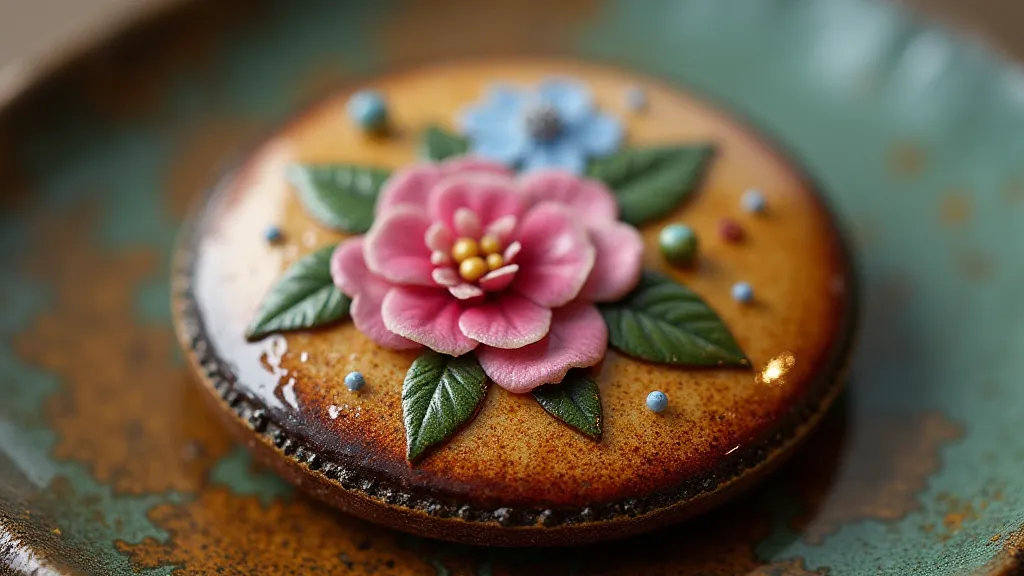
Popular Styles & Periods
French button styles evolved through various periods, each with distinct features:
- 18th Century (Pre-Revolution): Characterized by ornate designs, often incorporating elaborate floral motifs and mythological scenes. Materials included horn, glass, and precious metals.
- Revolution and Empire (1789-1815): Simpler, more restrained designs reflecting the new political climate. Military buttons featuring patriotic symbols became popular.
- Restoration and Second Empire (1815-1870): A return to more opulent styles, influenced by the Bourbon restoration and the extravagance of Napoleon III's reign. Jet buttons, made from fossilized wood, gained popularity during this period.
- Belle Époque (1871-1914): A period of innovation in button making. New manufacturing techniques allowed for more intricate designs. Glass buttons with painted scenes became especially fashionable.
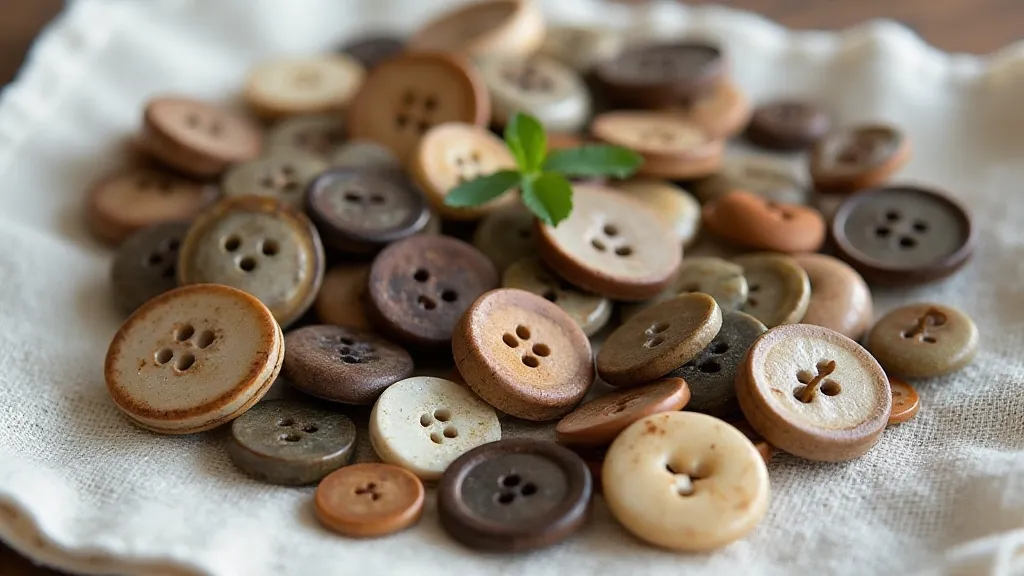
Identifying Marks and Manufacturers
Identifying the maker of an antique French button can be challenging, but not impossible. Look for any markings, often found on the shank (the part that attaches to the garment). Common French button manufacturers include:
- Albertine Leclere: Known for high-quality glass and nacre buttons.
- A. & C. Picard: A prolific manufacturer of metal buttons, often stamped with their mark.
- Raingo: Known for innovative designs and techniques.
- Millia: Frequently marked with a small 'M' within a circle.
Researching button mark databases and consulting with experienced collectors can be invaluable in identifying these elusive marks.
Value and Collecting Tips
The value of antique French buttons depends on several factors, including rarity, condition, material, design, and maker's mark. Buttons in excellent condition, with unique or highly sought-after designs, command the highest prices.
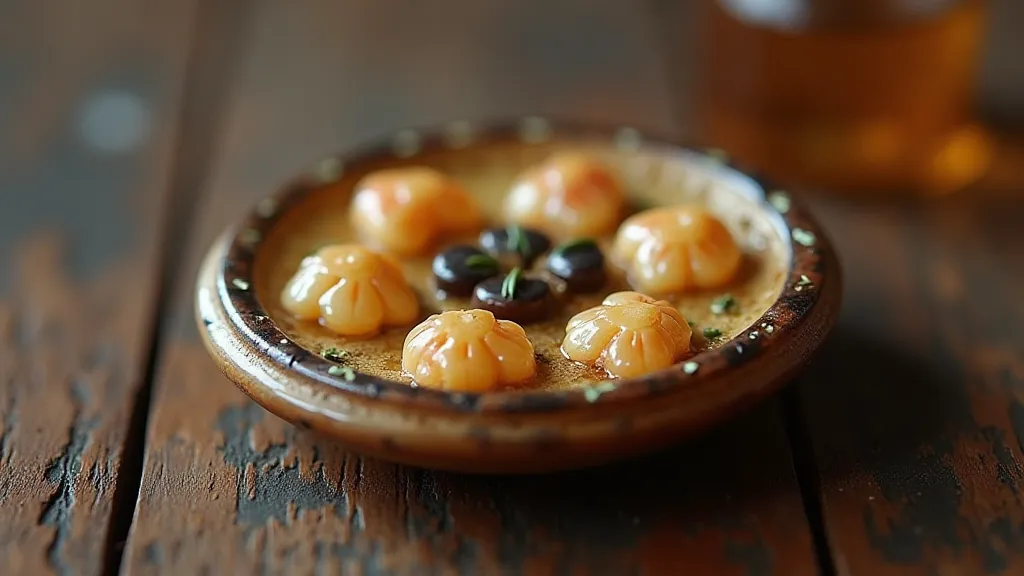
Collecting Tips:
- Research: Learn as much as possible about French button history, styles, and manufacturers.
- Handle with Care: Antique buttons are delicate. Handle them gently and store them properly.
- Condition is Key: Prioritize buttons in good condition.
- Specialize: Consider focusing on a specific type of French button, such as glass buttons or nacre buttons.
Collecting antique French buttons is a rewarding hobby that connects you to history, artistry, and the fascinating world of fashion. Happy collecting!
